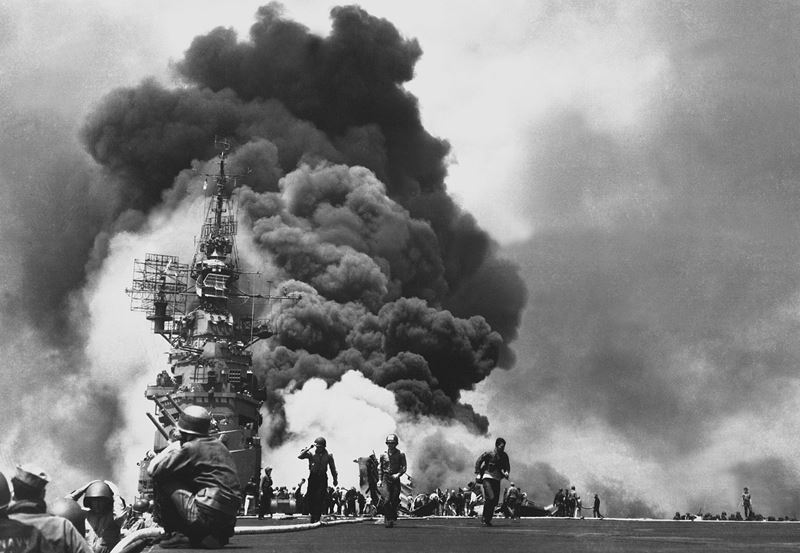
Pacific War
Table of Contents WWII brought a lot of firsts, with the Pacific War being a prime example. This was the first major battle that took

Table of Contents WWII brought a lot of firsts, with the Pacific War being a prime example. This was the first major battle that took
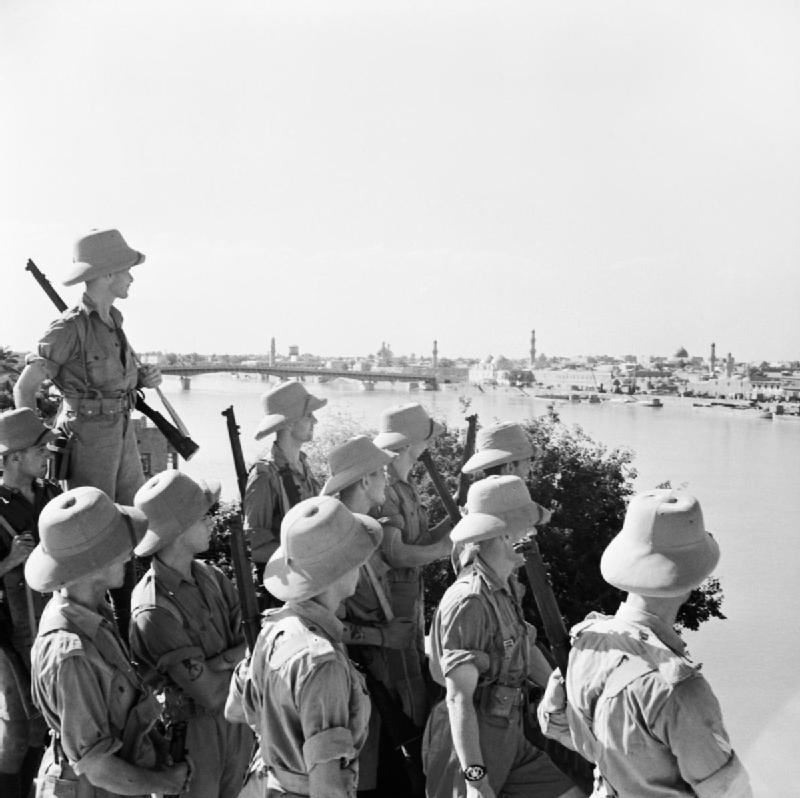
The Mediterranean and Middle East Theatre was a major theatre of operations during the Second World War. The vast size of the Mediterranean and Middle
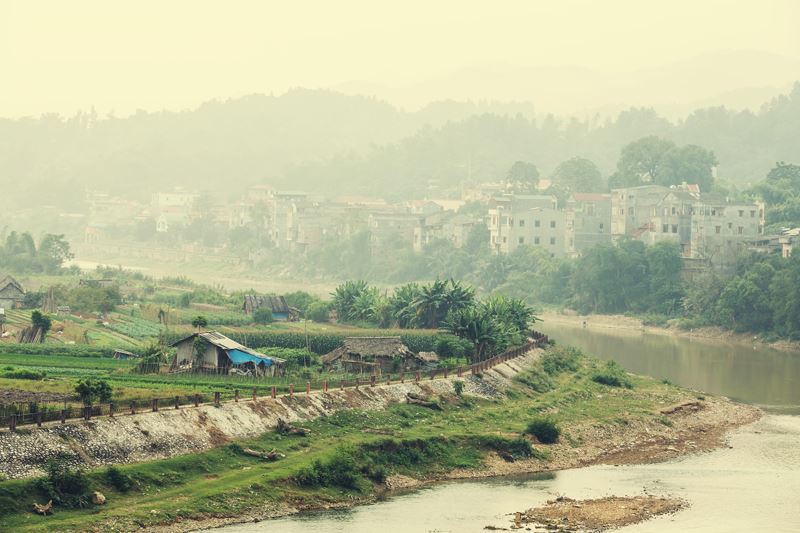
Diệm’s road to political power began in July 1954 when he was appointed the Prime Minister of the State of Vietnam by former Emperor Bảo
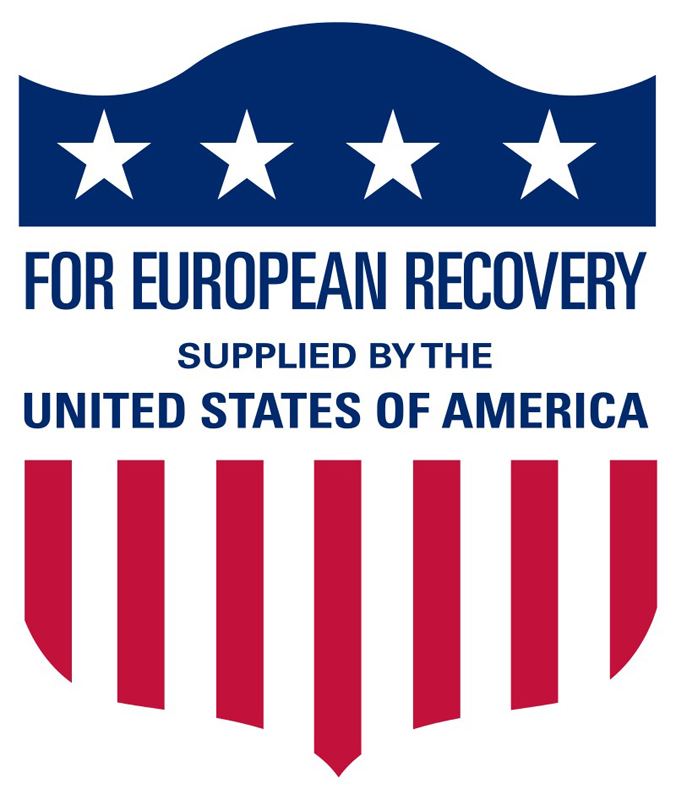
The Marshall Plan (officially the European Recovery Program, ERP) was an American initiative enacted in 1948 to provide foreign aid to Western Europe. The United
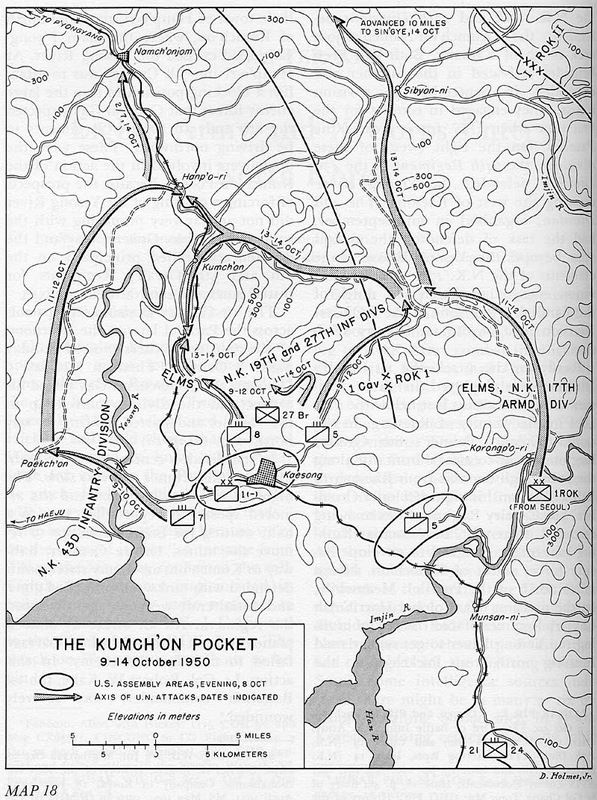
The UN offensive into North Korea was a large-scale offensive in late 1950 by United Nations (UN) forces against North Korean forces. On 27 September
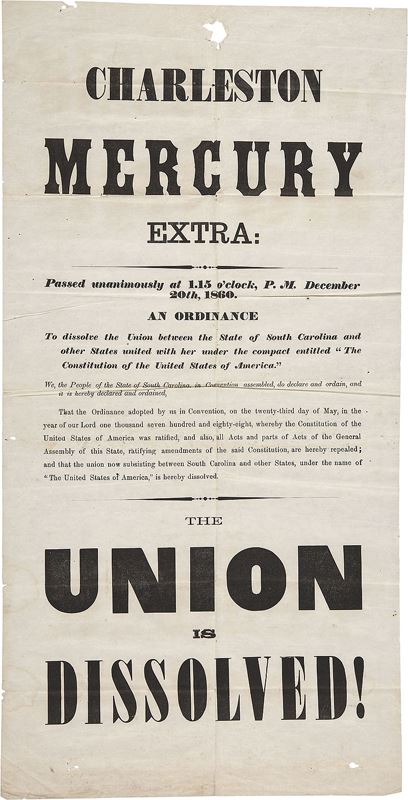
The election of Lincoln provoked the legislature of South Carolina to call a state convention to consider secession. Before the war, South Carolina did more
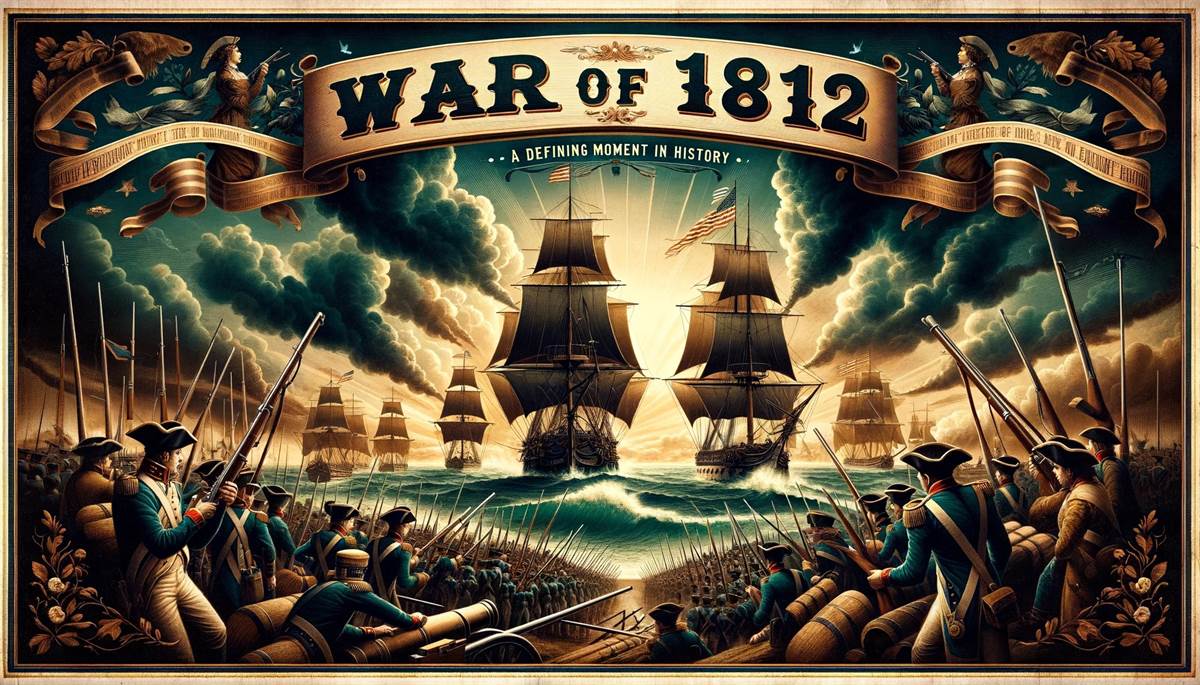
Table of Contents Introduction The War of 1812, often overshadowed by the Revolutionary War and the Civil War in American history, remains a significant conflict
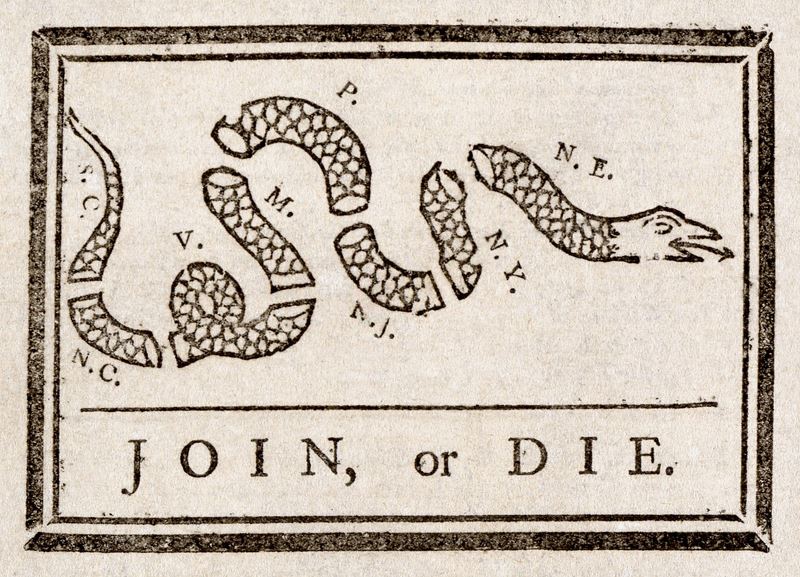
In the United States, each state has its own written constitution. They are much longer than the United States Constitution, which only contains 4,543 words.